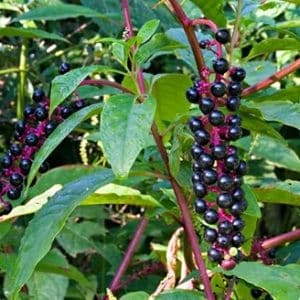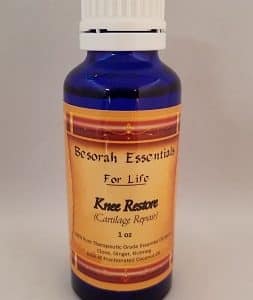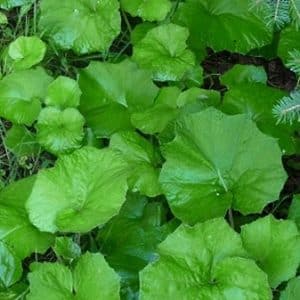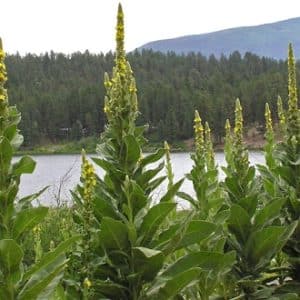Botanical and Common Names
Native to North and Central America, the wild yam has now become naturalized in tropical, semitropical, and temperate climates around the world. It is a deciduous perennial vine climbing to twenty feet with heart-shaped leaves and tiny green flowers. The tuberous rhizome is a pale brown, cylindrical, and twisted.
Shan yao has been used medicinally for at least 2,000 years in China, Japan, and Southeast Asia. It forms part of “The Pill of Eight Ingredients” traditionally prescribed in Chinese medicine to treat hypothyroidism, nephritis, and diabetes. As with many plants, the root is also eaten as a vegetable in Asia.
Diosgenin, was first identified by Japanese scientists in 1936. This paved the way for the synthesis of progesterone and of such corticosteroid hormones such as cortisone. Diosgenin was also the starting point in the creation of the first contraceptive pill, despite the fact that there is no suggestion that the plant was used as a contraceptive in the past.
Key Actions
Key Components
Medicinal Parts
Rhizome
The rhizome contains saponins, which are used as a precursor for the manufacture of cortisone, estrogen, and progesteronelike compounds. The body lacks the enzymes to convert diosgenin into estrogen or any other steroid, but the estrogen-like effects can happen in most people. However, although diosgenin has been promoted as a “natural progesterone”, it does not have any progesterone-like effects.
The outer bark of the wild yam root is high in saponins, including dioscin or diosgenin, as well as such alkaloids as dioscorin. All have anti-inflammatory and muscle relaxant properties that seem to work on the muscles of the abdomen and pelvis, as well as treating arthritic and rheumatic conditions.
The root also contains compounds that can lower high blood cholesterol which, in turn, reduces the risk of gallstone formation while having a favorable effect on the liver.
Although wild yam contains several active constituents and it has been used medicinally for hundreds of years, there are few clinical studies to back up beliefs in its effectiveness, causing some practitioners to be cautious of it. Until such time that science catches up with historical use, and since it is not harmful like pharmaceuticals, take it and if works, great. If not, no harm done.




